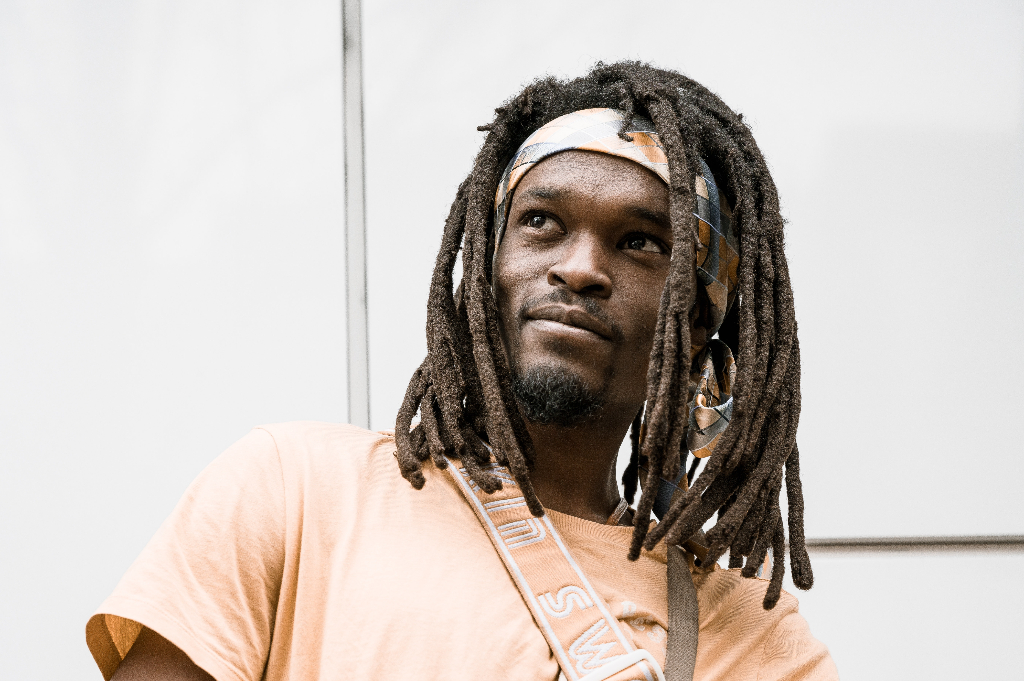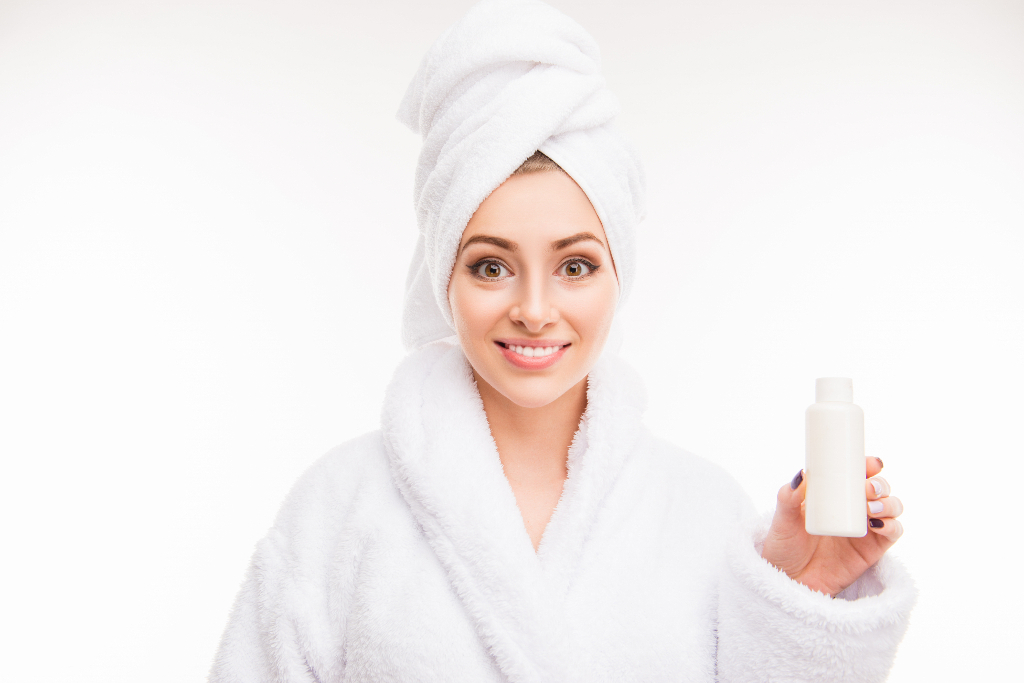If you’re considering getting dreadlocks or locs, you may be wondering what the difference is between the two. Both dreadlocks and locs are hairstyles that involve the hair being twisted or matted together to form ropes or “locs.” However, there are some key differences between the two styles.
Dreadlocks are achieved by letting the hair grow naturally and not combing it, which allows the hair to form knots. This can be done with any type of hair, but it works best with dreadlock-friendly textures like Afro-textured hair. The knots will tighten over time, and the hair will gradually form into locks. Locs, on the other hand, is achieved by sectioning the hair and then wrapping it around itself or using a crochet hook to twist the hair. The hair will gradually form into locks over time.
In this article, we’ll break down the key differences between dreadlocks and locs so you can decide which style is right for you.
What are dreadlocks and locs?

Locs are very similar to dreadlocks, but there is one key difference: Locs are formed with natural or synthetic hair, while dreadlocks are made with natural hair only. This means that people with any hair texture can get locs, but only people with certain hair textures can get dreadlocks.
Dreadlocks are achieved by not combing the hair, which allows the hair to form knots. This can be done with any type of hair, but it works best with dreadlock-friendly textures like Afro-textured hair. The knots will tighten over time, and the hair will gradually form into locks.
Locs, on the other hand, are achieved by sectioning the hair and then wrapping it around itself or using a crochet hook to twist the hair. The hair will gradually form into locks over time. This method can be used on any type of hair, but it works best with loc-friendly textures like Afro-textured hair.
These hairstyles can be formed through a number of methods, including backcombing, rolling, and crocheting.
What is backcombing?
Backcombing is a method of forming dreadlocks or locs by combing the hair backward. This creates knots in the hair, which will be tightened over time and form into locks.
What is rolling?
Rolling is a method of forming dreadlocks or locs by wrapping the hair around itself. This creates twists in the hair, which will tighten over time and form into locks.
What is crocheting?
Crocheting is a method of forming dreadlocks or locs by using a crochet hook to twist the hair. This creates twists in the hair, which will tighten over time and form into locks.
Dreadlocks and locs can be styled in a number of ways, including loose, tight, spiral, or flat.
What is the difference between loose and tight dreadlocks?
Loose dreadlocks are less dense than tight dreadlocks and have more space between each individual lock. This gives them a softer, more relaxed look. Tight dreadlocks are denser than loose dreadlocks and have less space between each individual lock. This gives them a more polished, neater look.
What is the difference between spiral and flat locs?
Spiral locs are twisted in a spiral shape, while flat locs are twisted in a flat, linear shape. Spiral locs have more volume and texture, while flat locs have a sleeker, smoother appearance.
4 Differences between dreadlocks and locs?

There are a few key differences between dreadlocks and locs that you should be aware of before deciding which style is right for you. Here are the key points to keep in mind:
1. The main difference between dreadlocks and locs is that dreadlocks are created with un-brushed natural hair, while locs can be created with either natural or synthetic hair.
2. Dreadlocks are typically less organized and more “unkempt” looking than locs. This is because dreadlocks are created with un-brushed natural hair, which can be more difficult to manage.
3. Some people believe that dreadlocks are more “authentic” than locs because they are created with natural hair.
4. Dreadlocks can take a long time to form, sometimes up to several years.
Dreadlocks vs. Locs: Which is right for you?

Figuring out whether dreadlocks or locs are right for you is a personal decision. There are a few things to keep in mind that can help you make your decision.
If you have Afro-textured hair, you may find it easier to form dreadlocks than locs. This is because Afro-textured hair is more likely to form knots, which are necessary for dreadlocks.
If you want a more “unkempt” or relaxed look, dreadlocks may be the right choice for you. If you want a neater, more polished look, locs may be the better option.
Dreadlocks can take a long time to form, sometimes up to several years. If you’re patient and have the time to wait, dreadlocks may be the right choice for you.
How to take care of your dreadlocks or locs?

Once you have your dreadlocks or locs, it’s important to take care of them to ensure that they stay healthy and looking their best. Here are a few tips on how to take care of your dreadlocks or locs:
1. Wash your dreadlocks or locs with a Dreadlock Shampoo and Conditioner. This will help to keep your hair clean and healthy.
2. Avoid using products with harsh chemicals, such as bleach or perms. These can damage your dreadlocks or locs.
3. Protect your dreadlocks or locs when you sleep. You can do this by sleeping on a silk or satin pillowcase or by wearing a silk or satin scarf over your hair.
4. Visit a professional stylist every few months to have your dreadlocks or locs trimmed and shaped.
By following these tips, you can keep your dreadlocks or locs healthy and looking their best.
Final thoughts
So, when it comes to dreadlocks vs. locs, what’s the difference? The main difference is that dreadlocks are created with un-brushed natural hair, while locs can be created with either natural or synthetic hair. As such, dreadlocks are typically less organized and more “unkempt” looking than locs, and dreadlocks can take a long time to form.
At the end of the day, the decision of whether to get dreadlocks or locs is a personal one. There is no right or wrong answer, so choose the hairstyle that you feel most comfortable with. And once you have your dreadlocks or locs, be sure to take care of them by washing them with a Dreadlock Shampoo and Conditioner, avoiding harsh chemicals, and protecting them when you sleep.

